Storytelling for Impact: Lessons from the People’s Climate March
June 15, 2017
Purpose is honored to have been a part of NYC.gov’s first annual social media conference. To demonstrate a successful campaign, we told the story of developing a campaign for the People’s Climate March. While the climate march was an in-real-life event, Purpose’s role was to build participation through digital channels–particularly social media.
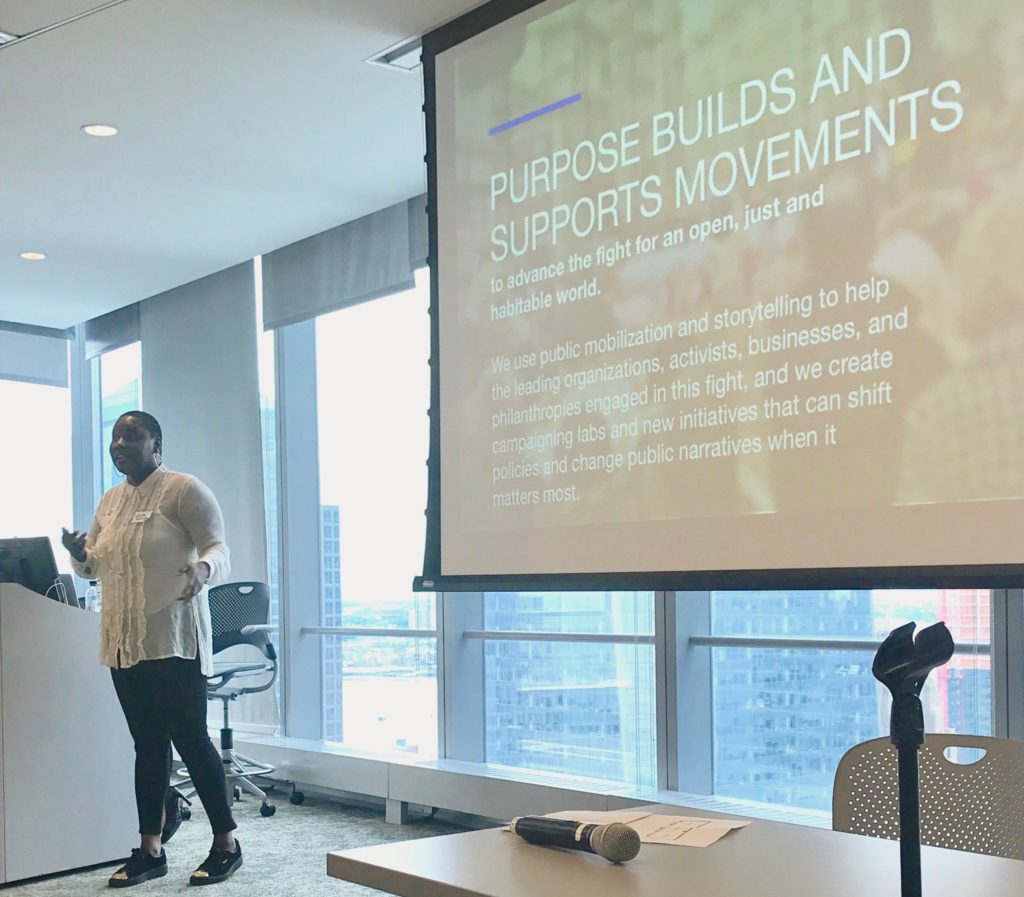
To build a successful campaign, we start by analyzing data.
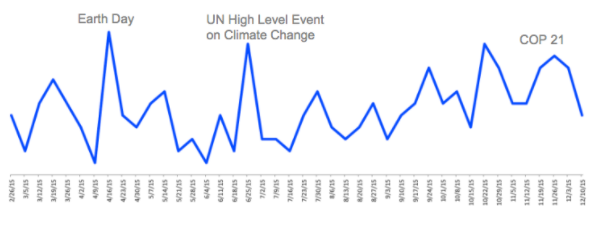
Our Purpose Climate Lab dashboard demonstrates that big national events cause huge spikes in conversation and petitions around climate change. But those spikes quickly drop off–beginning with our work on the Paris COP, the Purpose Climate Lab has worked to ensure that the conversation continues, and that we maintain the momentum of the event.
For the People’s Climate March, we had three main goals:
- To recruit participants to attend the sister marches across the country
- To activate new, non-traditional audiences on behalf of climate
- To put a spotlight on groups working for environmental justice
Our strategy focused on how and where a person experiences social justice conversations, to ensure that anything we created would be seen. Based on our experience, we know many Americans are active participants in Slack-tivism so we knew social media would be a powerful tool for engaging our audience. We also know Americans are listening to podcasts in unprecedented numbers, are sharing articles and article excerpts online, and are fiercely loyal to their cable news outlets.
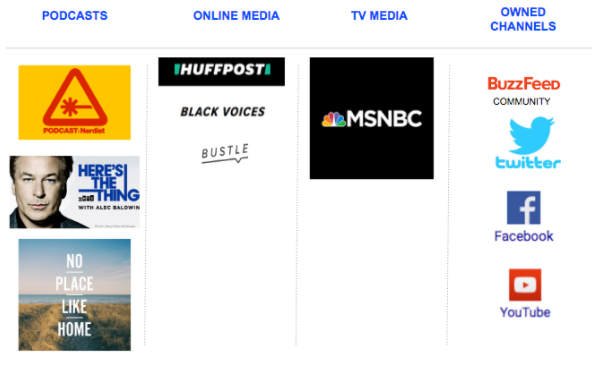
We were able to pull people in from across a large swath of the country by focusing on reaching them where they are online rather than trying to bring them to us.
We experimented with a range of content, including a video that went viral. We started with our goals: the Detroit sister march needed to recruit a bigger turnout, and the People’s Climate March needed more people of color to join the conversation.
To build our content, we started with that audience–when you create a piece of content that resonates with your target audience you don’t have to push too hard or spend very much to get attention. With three days to travel to Michigan, film, edit and publish this piece we worked to make it do double duty. Our Little Miss Rambo video went viral not because we used a celebrity in the video, but because we used a local pageant princess (Little Miss Flint) beloved by many and living in the middle of a city riddled with environmental racism and scandal. A pertinent influencer + a hot button issue + an innovative angle = a piece of content with high virality.
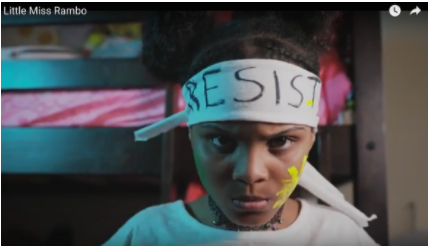
With no established connections to MSNBC or JoyAnn Reid, Little Miss Rambo was played on one of the network’s highest-rated shows. Once we were published by HuffPost Black Voices everyone else started picking up the story and the piece crossed over from social video to new media, traditional print & cable news.
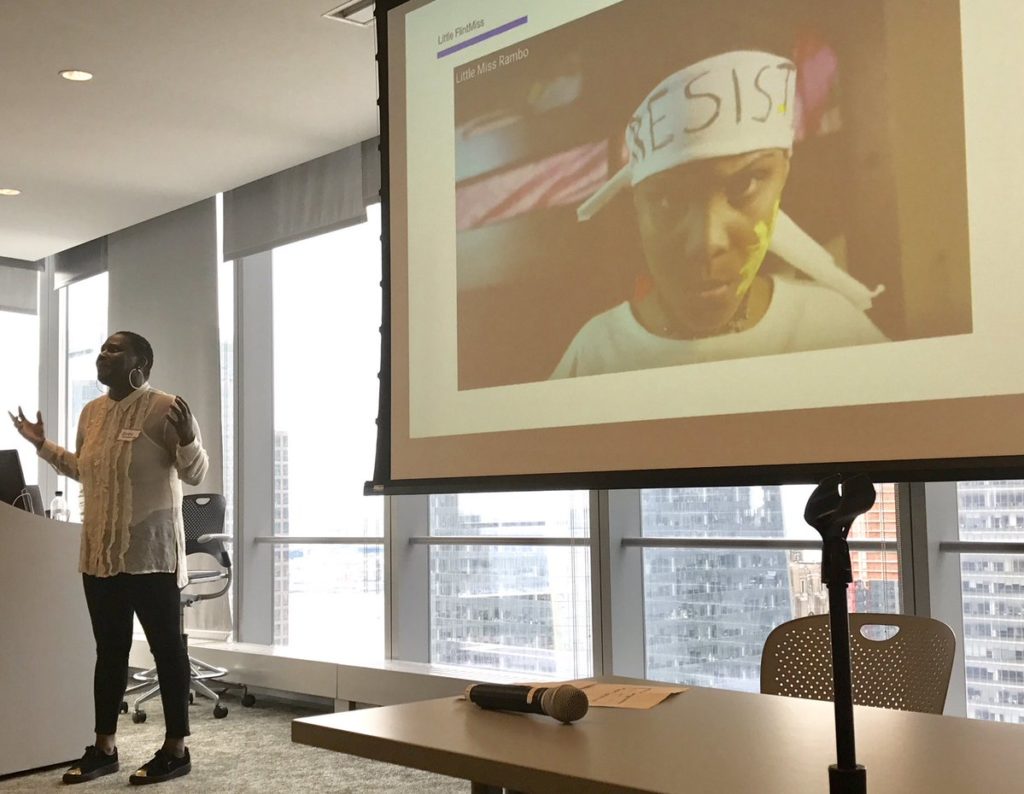
The keys to building a campaign that drives participation?
- Knowing where to find your audience is more than a distribution strategy–it’s your entire strategy. From what to create, to which narrative frames to use, to how to publish it.
- Content Strategy is social media algorithms + influencer strategy + distribution strategy. Balancing all sides of that equation will net you a piece that lifts beyond the movement bubble.
- A sensational headline that grabs attention is more valuable and drives more impact than a headline that just describes the facts. Then, you have the entire article to educate.
for Equity & Evidence